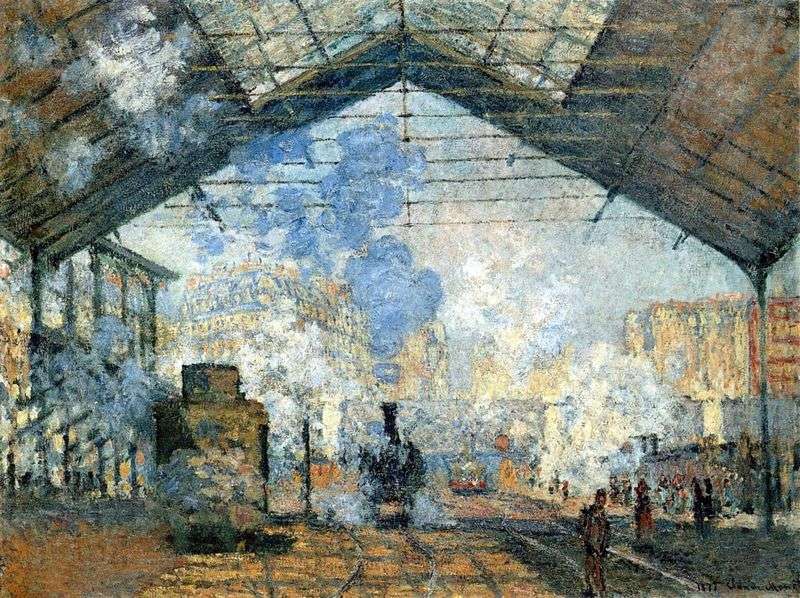
Paintings by Claude Monet earned enormous popularity with the audience and became recognizable around the world. His works are different from others in that the artist wrote them in his own particular style, developed a special technique for them. Monet was one of the founders of impressionism, so he knew all the subtleties of this style. He always invented new techniques for achieving a more realistic plot in his works.
In 1887, the artist decided to write a series of paintings depicting a Parisian railway station. So, the first in this series was the painting “Saint Lazard Station”. This series consisted of 12 paintings depicting the same station, but at different time intervals, some of which were years, at different times and from different angles. The newer the picture was, the more modern the station became, because with time everything changed. In this picture, the viewer sees the oldest version of this station.
The station in the picture is covered by the morning mist, which mixes the smoke from the trains. The viewer can see three trains, around which crowds of people are ready to go on a flight. But it is rather difficult to consider people in detail as the fog is too thick. In the picture you can more or less clearly consider the figure of a man in a hat, other people are too vague.
In the upper part of the picture is visible high glass roof of the station, which is under repair. Below are the rails, which daily pass dozens of trains. In the background you can even see the outlines of the city, high houses. Monet is always a long time choosing colors for their paintings, but in the end they turned out great. This canvas is made in bright and warm colors, only the trains with their dark silhouettes stand out from the rest of the objects.
In subsequent paintings of this cycle, the artist began to portray more and more clearly, people could be well considered. The first foggy picture reminded the beginning of the day with its morning fog, symbolizing the beginning of the cycle of pictures. The picture described in this article is located in the Museum d’Orsay in Paris. Some of the paintings of this cycle are bought by unknown rich people and are kept in their private collections. The same paintings that were not sold are scattered around the museums of the whole world, from Japan to Italy.
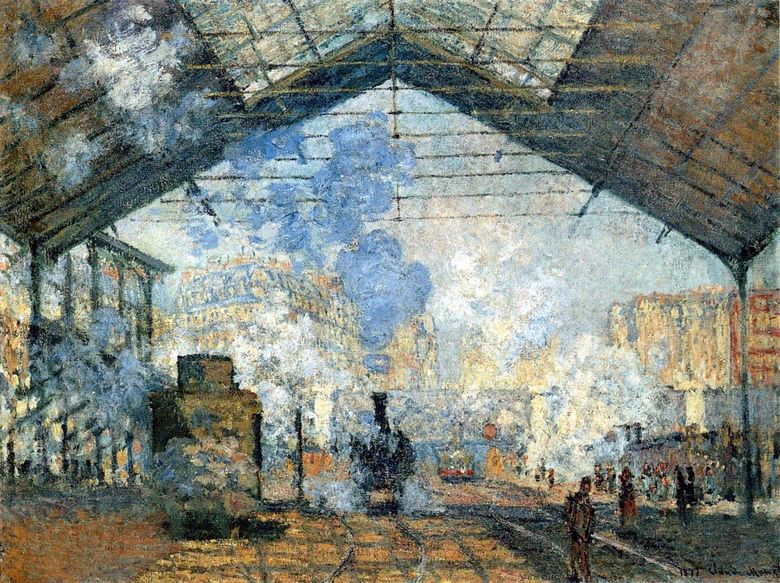 Gare Saint Lazare – Claude Monet
Gare Saint Lazare – Claude Monet Agapanthus by Claude Monet
Agapanthus by Claude Monet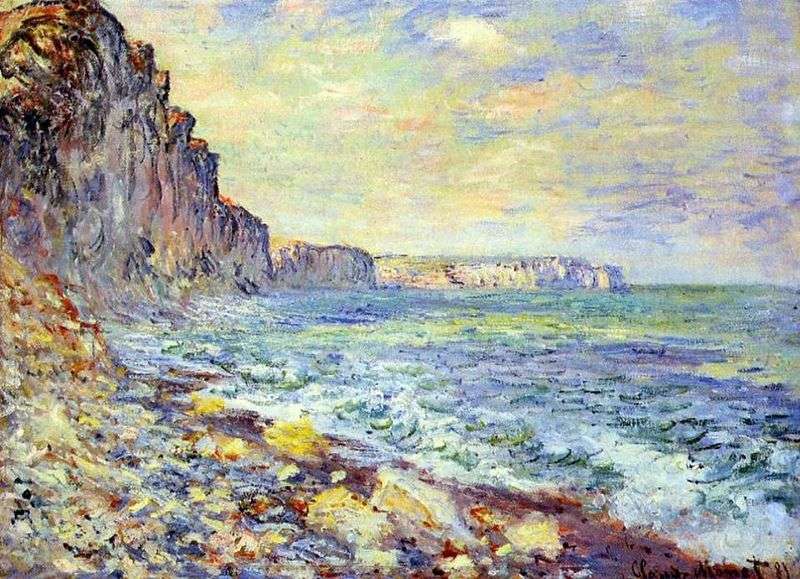 Morning by the Sea by Claude Monet
Morning by the Sea by Claude Monet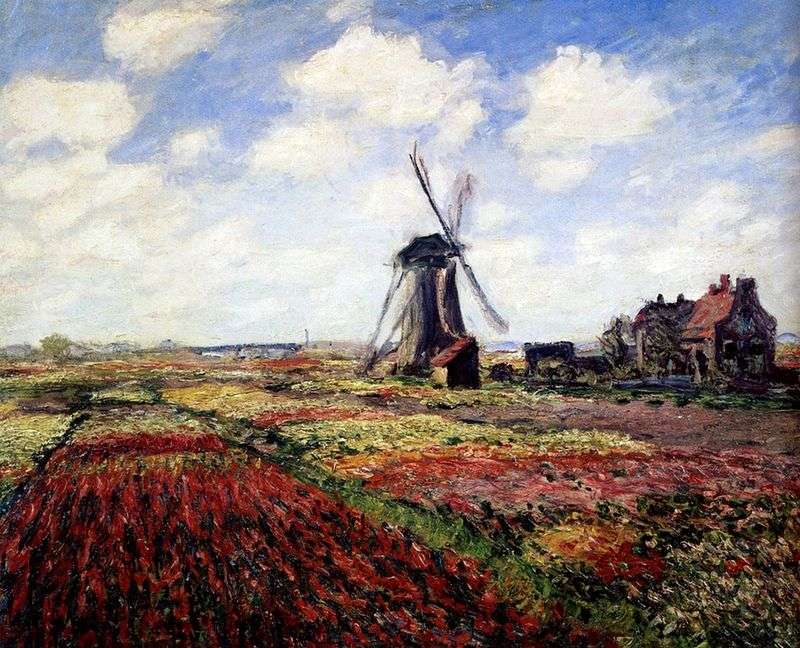 Holland Tulips by Claude Monet
Holland Tulips by Claude Monet Soroka by Claude Monet
Soroka by Claude Monet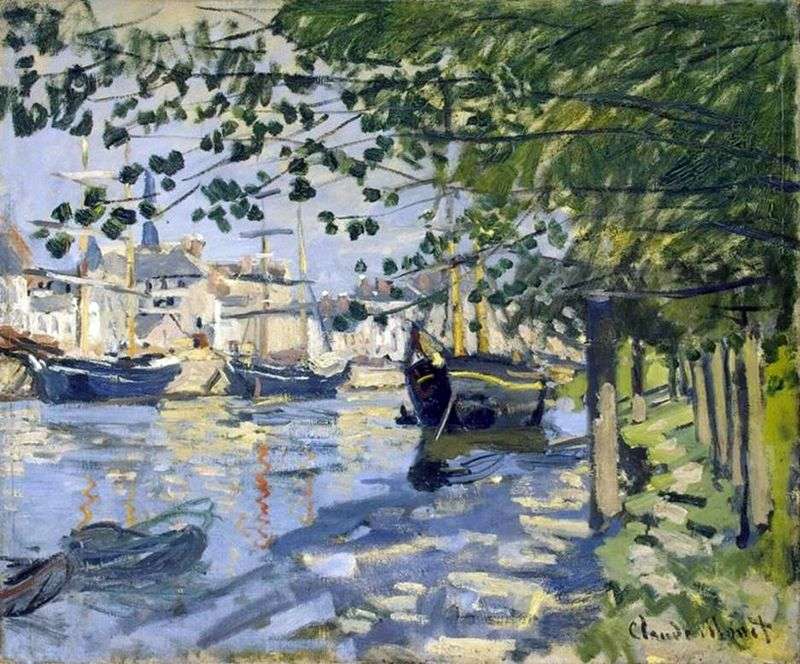 Seine at Rouen by Claude Monet
Seine at Rouen by Claude Monet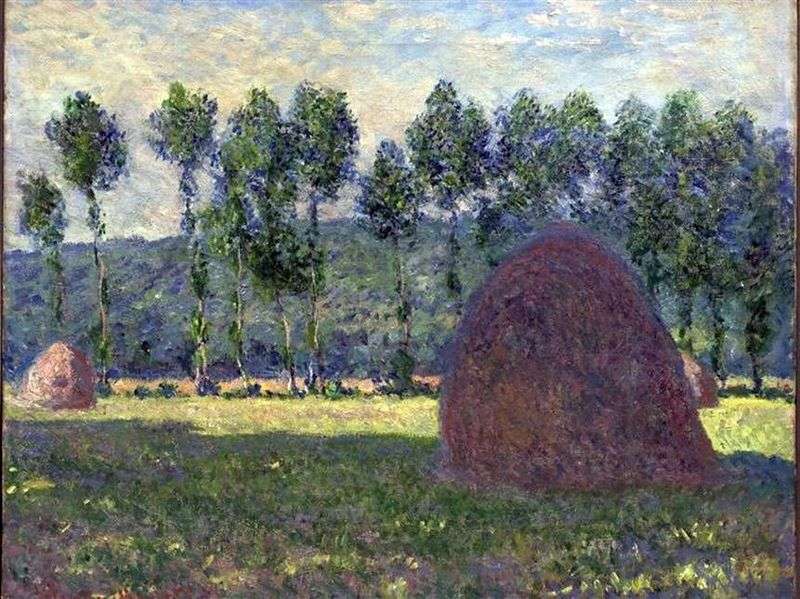 Haystack by Claude Monet
Haystack by Claude Monet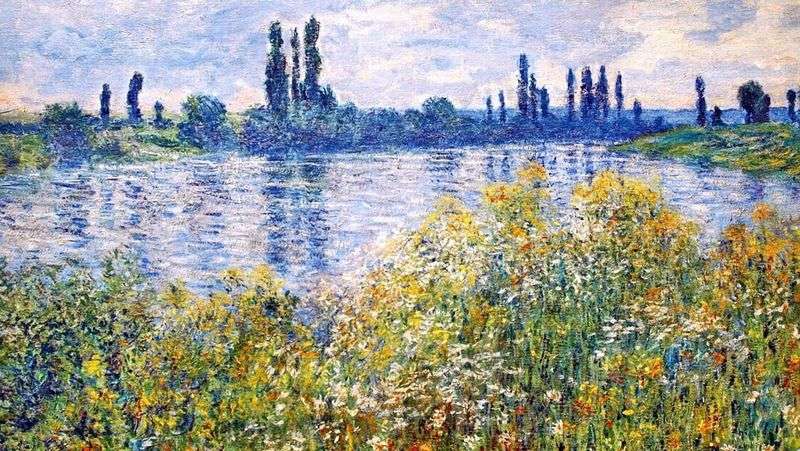 Flowers on the banks of the Seine by Claude Monet
Flowers on the banks of the Seine by Claude Monet